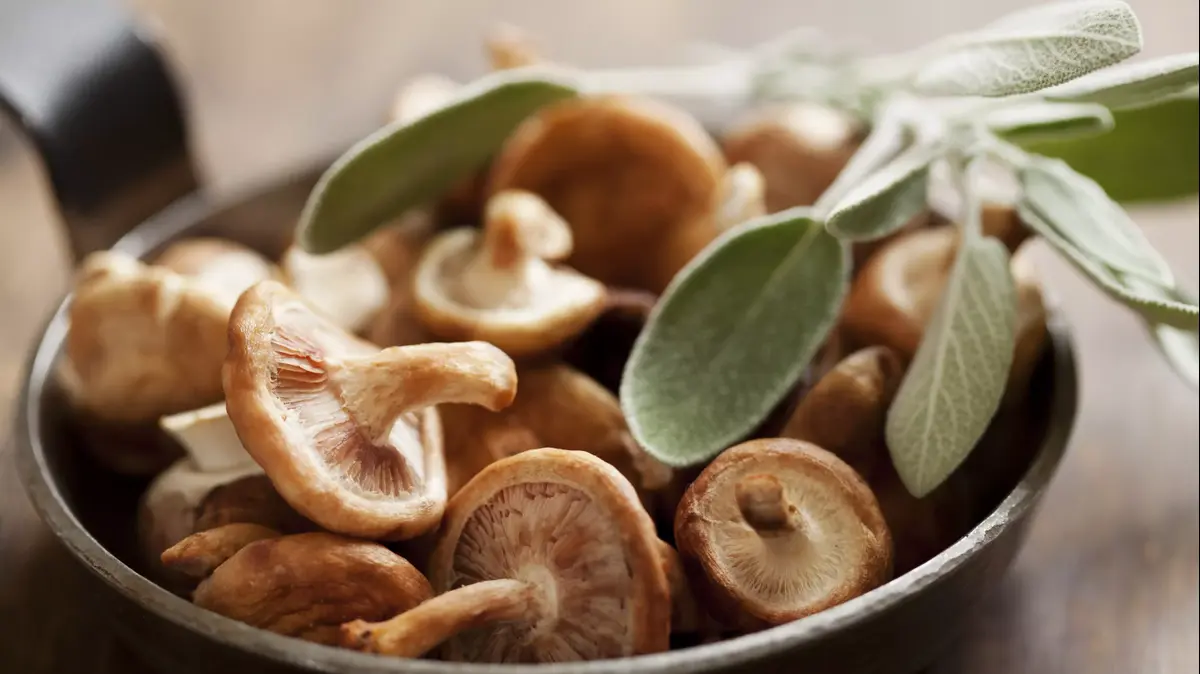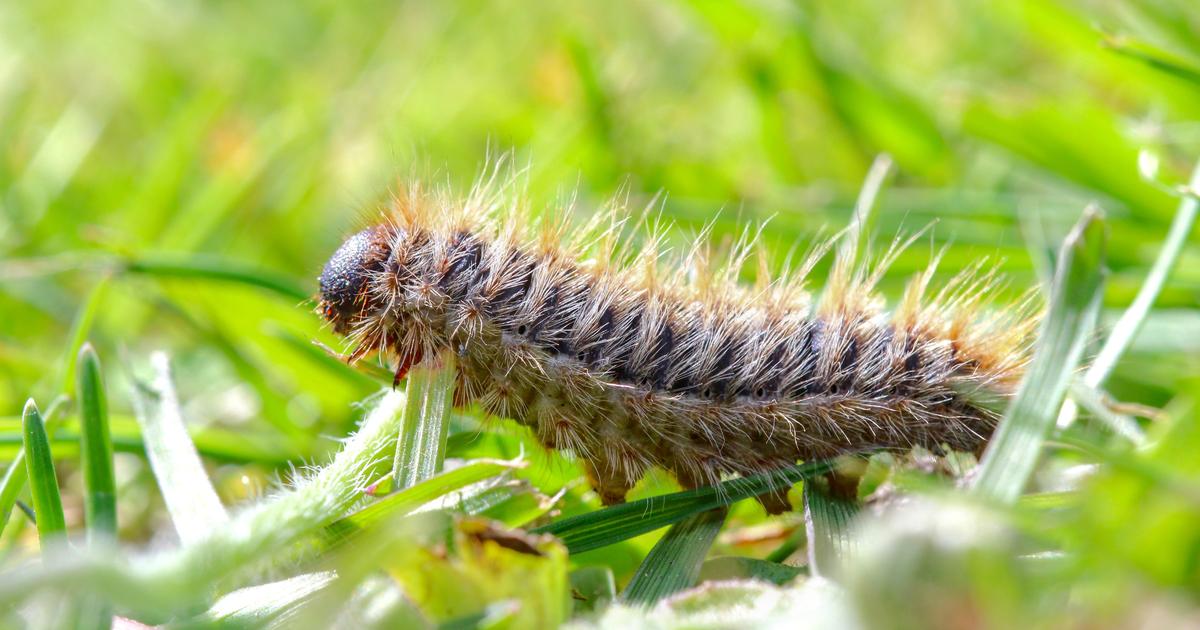At some point in the past, the ancients considered the correlation between food and medicine, thus initiating a relationship that reached the West through Hippocratic medicine, whose inspirer is attributed the famous phrase: “May your food be your medicine and let your medicine be your food ”.
More and more is known about the way in which the components of food, and a lifestyle as a whole, affect genes and come to alter their structure and expression.
In some of the many conversations that I have had with the specialist researcher in nutrigenomics José María Ordovás, he has mentioned studies that suggest that famines survive in the genes of the descendants of those who have suffered them;
and not one generation, but several.
And it makes sense if we consider the fact that genes are not alien to the environment and its circumstances, and Darwinian selection chooses those that best serve us to adapt to it.
Precisely, it is the advances of science that are solving which foods, types of diet and lifestyles are best suited to maintain well-being.
However, according to the World Health Organization (WHO), in some places traditional medicine provides care for more than 80% of the population.
In fact, the WHO has a plan until 2023 to promote a safe and effective use of this therapy when there are no other alternatives.
One of the societies with the longest tradition of recognizing the relationship between food and healing is China.
Historically, to restore vigor in the different organs of the body, the fauna and flora available have been used.
Centuries of practices and theories to treat multiple ailments have constituted a catalog that reaches 100,000 formulas, most of them thousands of years old.
This link between the composition of the diet and the development or cure of certain diseases is so established that there are establishments in different parts of Asia that feed on this old knowledge.
On one occasion in Tokyo they took me to a place where we were questioned about our physical and mental state and, on that basis, lunch was prepared for us.
It was the first time that I observed the unusual caterpillar mushroom.
The
Cordyceps sinensis
, native to the highlands of China, Tibet and Nepal, it is a parasitic fungus that grows on the larvae of a butterfly.
The mycelium of the fungus infects the caterpillar, invades its body and absorbs all its nutrients.
At the end of the process, only the shape of the body remains from the caterpillar, from whose head the stem of the fungus emerges.
Traditionally, this valued Chinese remedy has been prescribed to improve blood circulation, kidney function, respiratory system, resistance to fatigue and, of course, sexual activity.
Something has the world with the vigor of its private parts, judging by all that has been consumed for its supposed aphrodisiac properties.
And here is the crux of the matter.
Despite the lack of scientific evidence on the benefits of many treatments, hundreds of tigers, bears, pangolins, turtles and lions, as well as seahorses and sharks are sacrificed annually because of these beliefs brought from the hoax.
Although the trade in some of these species is totally prohibited, the high demand promotes illegal trade and the rise of hatcheries that undermine efforts to eradicate the illicit trade in products made with parts of wild animals.
After the pangolin or tiger penis embryo soup;
behind the sauces, vinegars and remedies prepared with seahorses, there is certainly an affair, but not related to sexual behavior but to money, social position and hierarchy.
Probably the most characteristic of all the placebo effects was always bragging.
Fatality occurs in the sad reality that it is easier for a gene to mutate than for it to change a belief or tradition.
Brown glacé
Oscar Oliva
Ingredients for four people)
For burned lactose: 60 grams of lactose.
For the marron glacé: 15 chestnuts.
60 grams of lactose burned.
20 grams of sugar.
80 grams of water.
1 cinnamon stick
2 grams of cider vinegar.
Elaboration
Burnt lactose
Sprinkle the lactose with a fine sieve on a plate the same width as a silicone paper.
Place the plate in the oven at 200-210 degrees for 40 minutes.
At this temperature, the lactose caramelizes and will form a large bubbled crystal.
Remove from the oven and, with the help of a spatula, remove the non-sweet lactose caramel from the silicone paper.
Grind and reserve in a dry place, protected from moisture.
The marron glacé
Make a notch in the shell of the chestnuts and cook for 10 minutes.
In hot, peel removing the peel and the skin from the inside without breaking the chestnut.
When they are peeled, cook from cold for 20 minutes over low heat.
On the other hand, make a syrup with the water, sugar and lactose.
Put all the ingredients and the cinnamon on the fire until the lactose is completely integrated.
Add the cooked chestnuts and confit for 10 minutes.
Add the vinegar and let it rest for 24 hours.
After that time, heat again and separate them and leave them in the air until the sugar crystallizes.
Finishing and presentation
Arrange the chestnuts separately or use them as a preparation for another recipe.















